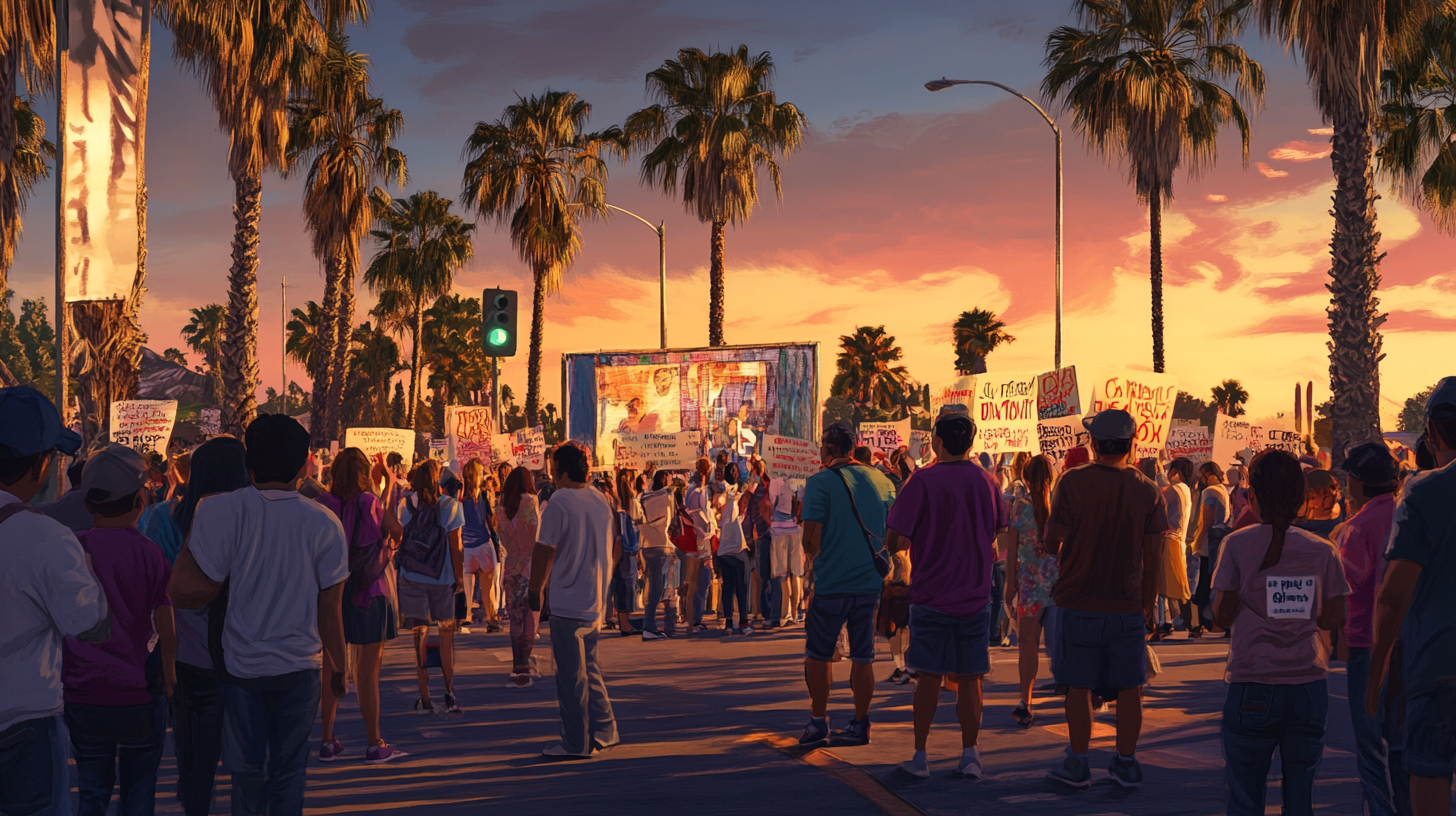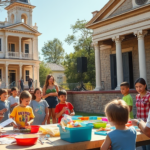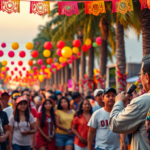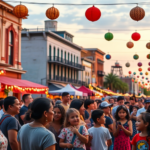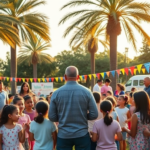Migrant Rights Protests Echo Along Southmost Road in Brownsville
The city of Brownsville, Texas, marked its place in a growing national movement calling for increased migrant rights with a significant protest on Southmost Road. Demonstrators gathered in response to a rise in U.S. Immigration and Customs Enforcement (ICE) activities and deportations targeting migrants within the Rio Grande Valley, a region known for its rich cultural diversity and historical ties to migration.
Unity Through Activism
On a crisp Monday afternoon, Southmost Road became a vivid tapestry of Mexican flags and placards, each bearing messages of solidarity and resistance against the increased ICE operations. The protest formed part of a broader wave of demonstrations across various U.S. cities, reflecting widespread unease over the current administration’s immigration policies.
Among the protestors, Dolores Vasquez emerged as a prominent voice, advocating for the appreciation of migrant labor. She emphasized the indispensable role migrants play in sustaining the U.S. labor force. “Everyone’s work is highly valued, from construction workers to farmers. We are all a team, and without our people, this will all go down,” Vasquez declared. Her words encapsulate a shared sentiment within the community, highlighting the invaluable contributions of migrants to both local and national economies.
A Voice for the Vulnerable
Julia Manzanares, another participant in the demonstration, articulated the protest’s purpose as a platform for the voiceless—those migrants living under the constant threat of deportation. “Mexicans come here with a purpose: to better ourselves, move forward, and give our families a better life,” she stated. Manzanares’ words resonate deeply within a community where many have similar stories of sacrifice and hope.
These protests are not isolated incidents but are rather the latest in a series of community-organized actions aimed at safeguarding migrant rights. The heightened ICE activities have cast a shadow over the Valley, a region known for its openness and hospitality towards newcomers.
Local Impact and Historical Context
The Rio Grande Valley, or the RGV, has a storied history of migration, serving as a gateway and a sanctuary for many seeking new beginnings. However, increased deportations disrupt this legacy, impacting families and stirring uncertainty among the Valley’s diverse communities.
RGV news outlets like ValleyCentral.com provide detailed accounts of these local impacts, from state politics to cultural events, ensuring that Valley residents remain informed. The website’s in-depth coverage of community issues, including the current migrant protests, is instrumental in fostering informed public discourse.
History shows that the Valley has weathered similar storms before. Instances of public mobilization in support of migrant rights have defined much of the region’s advocacy history. Past protests and community forums have led to temporary policy shifts and have kept local authorities attuned to the populace’s concerns.
Future Implications for the RGV Community
The protests’ potential to influence future immigration policies adds a layer of hope for advocates. However, exactly what these demonstrations will achieve remains to be seen. They highlight the necessity of a balanced approach that considers both security and humanitarian implications.
From a policy perspective, the local government faces the challenge of navigating between federal mandates and the moral obligation to its community. These protests may prompt policymakers to reassess enforcement strategies, focusing on humane approaches that reflect the Valley’s inclusive ethos.
Engaging Different Perspectives
While many support the protests, it’s essential to note varying perspectives within South Texas. Some residents express concerns over legal and security issues tied to migration, advocating for robust enforcement. Nonetheless, proponents argue that the humanitarian aspect must take precedence, citing the profound ethnic and cultural ties binding the RGV to its migrant population.
Instances such as these require nuanced reporting and dialogue, allowing for a comprehensive understanding of the region’s dynamics. As these discussions continue, local platforms will play crucial roles in bridging differing views and fostering community interest.
Resources for Support and Action
For those affected by recent ICE operations or seeking more involvement in advocacy, local organizations like La Unión del Pueblo Entero (LUPE) offer support and resources. They provide guidance on legal rights and representation, ensuring residents are informed and protected.
Residents can stay informed by visiting ValleyCentral.com for updates on protests, legal proceedings, and community events related to immigrant rights. Engaging with these resources allows the community to remain proactive in defending its interests.
In sum, the migrant rights protests on Southmost Road underscore a critical juncture for the Rio Grande Valley—a call for unity, reflection, and action. As the region continues to navigate these challenges, it is poised to affirm its legacy as a beacon of resilience and inclusivity—a testament to the enduring spirit of South Texas.

